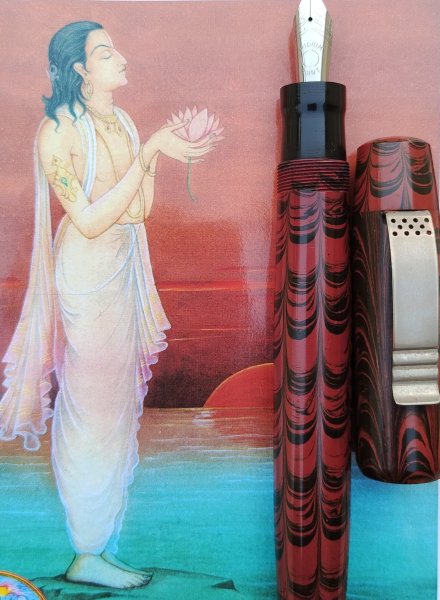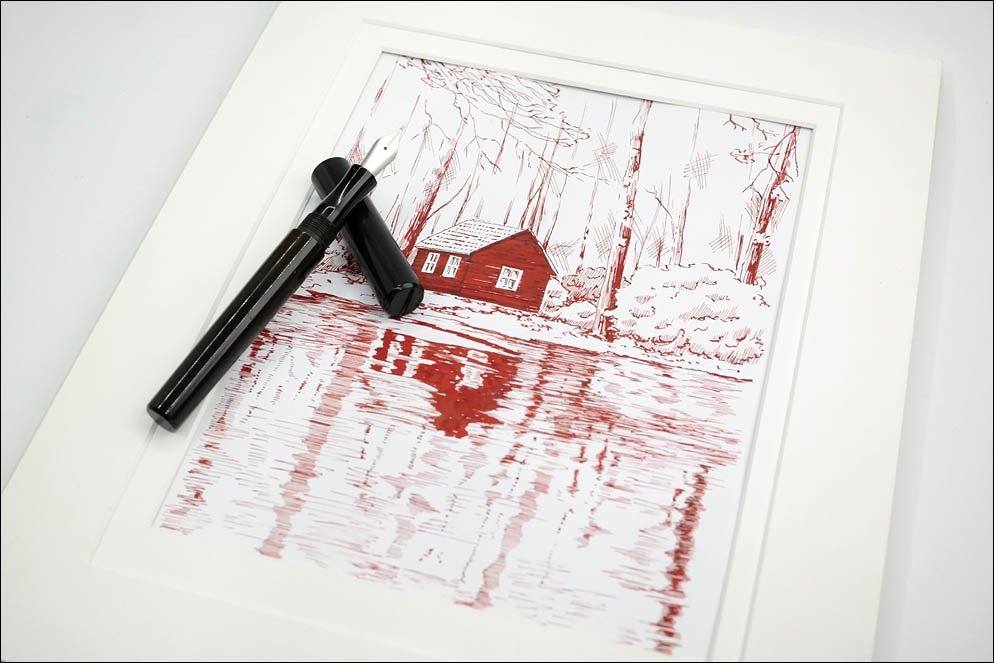Baystate Blue Ruined My Yellow Lamy
-
Forum Statistics
354.6k
Total Topics4.6m
Total Posts -
Member Statistics
127,580
Total Members4,236
Most OnlineNewest Member
Storge
Joined -
Images
-
Albums
-
Pen Pics 2
- By K Singh,
- 0
- 0
- 88
-
namrehsnoom-16
- By namrehsnoom,
- 0
- 0
- 88
-
Misfit’s 6th Album
- By Misfit,
- 94
-
My photos
- By lamarax,
- 0
- 0
- 2
-
Andrew Lensky Arts
- By Andrew_L,
- 0
- 17
- 25
-
















.thumb.jpg.f07fa8de82f3c2bce9737ae64fbca314.jpg)



.thumb.jpg.331e554113c33fb39d5bf3233878978a.jpg)





Recommended Posts